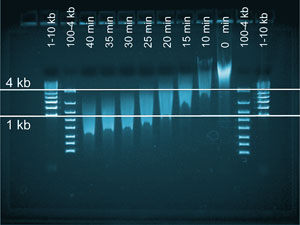Lab on a Chip will be attending the 2011 International Symposium on Microchemistry and Microsystems, hosted at the KBCS Spring Meeting in Seoul, Korea from 2-4 June 2011.
ISMM is the international forum on Micro Total Analysis Systems (μTAS) in Asia region. Following Kanazawa (2009) and Hong Kong (2010), the main topic in the year 2011 will be the “Future of Miniaturized Systems”. ISMM 2011 in Seoul will be jointly held at the same place in the conjunction with an Annual Spring Meeting of the Korean BioChip Society. We anticipate about 400+ scientists and professionals engaged in research of micro and nanosystems for chemistry and life science.
Chaired by SangHoon Lee (Korea University) the program includes many excellent speakers, including:
Luke P. Lee (University of California at Berkeley, USA)
Marc Madou (University of California at Irvine, USA)
Andrew de Mello (Imperial College London, UK)
Minoru Seki (Chiba University, Japan)
Bingcheng Lin (Chinese Academy of Sciences, China)
DongPyo Kim (Chungnam National University, Korea)
The deadline for abstract submissions has just been extended to March 14th 2011, so hurry and submit yours today! Submission information can be found online here.













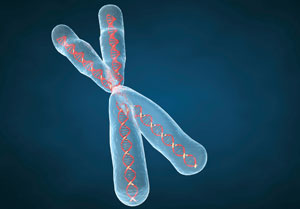
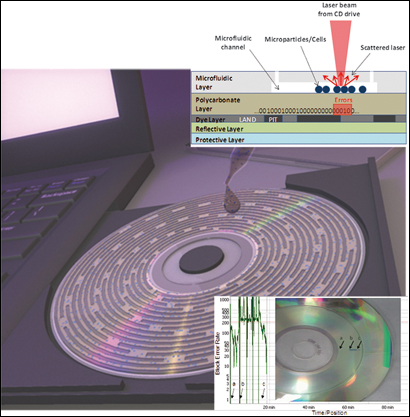

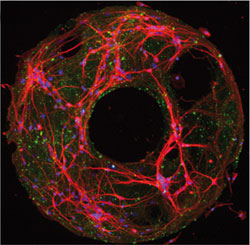
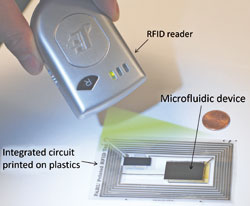
 LOC is pleased to bring you the next instalment in our 10th anniversary
LOC is pleased to bring you the next instalment in our 10th anniversary 
